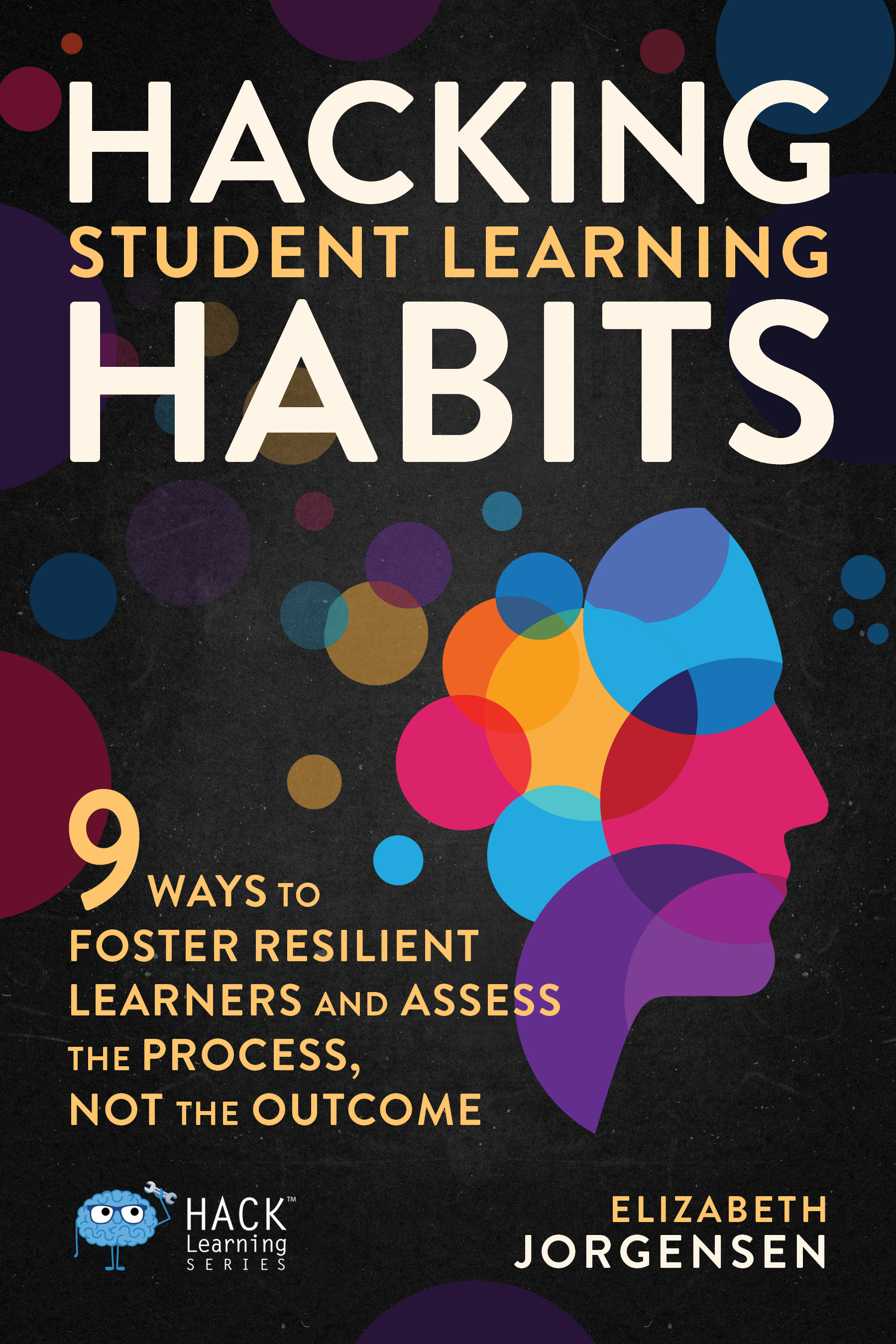Feedback > Grades: Using Questions to Progress
Nov 04, 2022
By Elizabeth Jorgensen
I want to go all semester without talking about grades, without circling boxes on a rubric, and without assignment sheets or daily assessments. But if there are no grades, what drives our daily classroom environment?
Questions.
Instead of focusing on standards, learning targets, or rubrics, my students focus on ideas, expression, and emotions. I want my students to know there are no right or wrong answers—no As or Bs—but only an opportunity to analyze, decipher, and spur progress in their work.
In Now That’s a Good Question!, Erik Francis wrote, “When we ask our students good questions, our objective is not only to assess what they know or what they can do with what they have learned. It is also to explore how deeply they can respond to questions.”
In asking questions, I aim to stimulate thoughts to increase knowledge, understanding, and awareness; I want to grow students’ thinking and develop curiosity and interest.
I teach creative writing, and we often analyze texts as a whole class.
Here are some questions I use:
- What is the topic of this piece?
- What did this poem make you think about?
- What is the point of the poem?
- What emotions does the poem evoke?
- Who are the characters?
- What is the setting?
- What do you think the title refers to?
- What stylistic devices do you notice?
- What parts of the poem are particularly beautiful?
- What tense did the poet use? Why did the author make this choice?
- What works for you in this poem?
- Where are you confused?
- What don’t you like?
As Francis suggests, “Good questions are not answered. They are addressed and evaluated based upon how the students respond to the question.”
In Literacy Strategies Across the Subject Areas, Karen Wood defines reading as “the process of constructing meaning from text. It is a dynamic process that involves a continuous interaction between the readers’ prior knowledge and the author’s intended message.”
To connect my students to the text, I remind students that the authors crafted each piece by making a series of intentional and purposeful choices. I often share pieces written by peers or classmates. Knowing these pieces were written by students their own age builds confidence and resolve.
Students read the poems and say, “If they can do it, I can too.” They also recognize what (and perhaps why) the author made the choices they did.
After we have read the pieces, I ask students what they notice. I guide the conversation and ask them to examine how and why ... Then, once they’ve provided accurate, acceptable, and appropriate explanations, I challenge them to investigate and inquire how else can the concept and procedure be used.
I subscribe to Francis’s theory when I ask students to identify differences and similarities in poems or which poem they prefer.
Their responses demonstrate analysis and critical thinking; our discussions “honor rhetorical purpose and effect—the way that words affect a reader’s mind—and encourage writers to understand that writing is assessed by readers who bring different understandings and experiences to their readings.”
Without tests or rubrics “... questions serve as the formative and summative assessments that measure the extent of a student’s learning, and they set the instructional focus for an active, student-centered learning experience.”
- What do you notice?
- In which ways does this piece feel poetic?
- Why do you think the author wrote about this topic?
- What does this author suggest about life, about the universe?
- Who are the characters?
- What do you notice about the point of view?
My use of questions mimics the Talk-Through strategy “in which students are asked to individually share their thinking about a text ... to take the discussion to a higher level. In answering questions, students “must demonstrate that they have a thorough grasp of the meaning of the text.”
Students also consider the meaning of the poem they will write: to make the reader laugh or cry, to get them to see the world differently. And that feels so much more powerful than any grade I might assign.
Excerpts from this originally appeared in Inquiry, Questioning and the Art of Korean Poetry.






